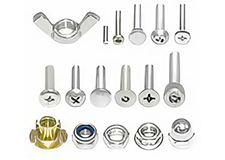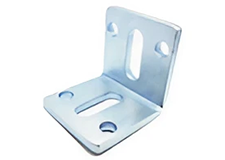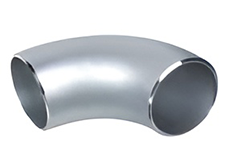| Corrosion resistance | High corrosion resistance passing the salt spraying test [KS D 9502] 700~1,000 hours and cyclic corrosion test [JIS H 8502] 80 cycles |
| Durability | Much higher surface durability with iron plating than metal plating |
| Fastening | No need for overtapping of nuts and excellent fastening, tightening, and sealing capacity of the fastener |
| Welding | Welding possible without the removal of the galvanized surface, resulting in improved productivity, cost reduction, and fume reduction |
| Environmental | Eco-friendly process that does not include any heavy metals such as Cr6+ and generates less wastewater and carbon emissions |
| Productivity | Higher productivity with automated production |
 PRODUCTS
Innozinc
PRODUCTS
Innozinc
- Ceramic galvanizing Innozinc with high corrosion resistance is innovative galvanizing technology that can help address environmental issues by reducing carbon emissions and wastewater discharge and is an effective substitute for electro galvanizing, hot dip galvanizing, and zinc-nickel plating.
Innozinc characteristics
Plating process
Loading
Degreasing
Rust removal
Washing
Neutralization
Electrolytic degreasing
washing
Innozinc plating
Washing
Activation
Washing
Drying
Posttreatment
Drying
Unloading
Innozinc Technology :
Innozinc Properties
| Test item | Results | Test method |
|---|---|---|
| Salt spray test (SST) | 700~1,000hr | ASTM B117 |
| Cyclic corrosion test (CCT) | 80Cycle | JIS H 8502 |
| Attachment | 5B | ASTM D3359-17 |
| Post-coating attachment | 3MPa or higher | ISO 20340 Paints and varnishes |
| Welding | No defects | Radiographic Test(RT) |
| Pencil hardness | 9H | ASTM D3363-05 |
| Hazardous liquid, VOCs, 26 types | Not detected | KS M ISO 1189-2 : 2014(GC/FID) |
| Solution RoHS | Not detected | IEC 62321-6 Ed. 1.0 : 2015 |
Comparison of physical properties by Zinc Coating Specs
| SPEC | ZFC Zinc-Al Flake Coating | Zinc-Nickel Alloy Plating | Electro Galvanizing | Hot-dip Galvanizing | Innozinc Ceramic Galvanizing |
|---|---|---|---|---|---|
| Principle of galvanizing | Chemical attachment | Ionization galvanizing | Ionization galvanizing | Alloy galvanizing | Ionization galvanizing + formation of ceramic in pores |
| Galvanizing temperature | 350℃ | Room temperature | Room temperature | 400~500℃ | Room temperature |
| Main ingredient | Zinc Flake, Al Flake | Zinc, Nickel | Zinc | Zinc | Zinc |
| Size of object | Small object (less than 30cm) | Small object (Fasteners) | Small object (less than 30cm) | Depends on the size of plating tub (Impossible less than 30cm, 3T) | Depends on the size of plating tub |
| Coating thickness | 8 ~ 12㎛ | 8㎛ | 8㎛ | 50㎛ or higher | 8㎛ or higher |
| Corrosion resistance (SST) | 1,000hr | 1,000hr | 240hr | 500hr | 700 ~ 1,000hr |
| Corrosion resistance (CCT) | 80 cycle | 60 cycle | 5 cycle | 40 cycle | 80 cycle |
| Durability | Low | Medium | High | High | High |
| Hardness | 2H | 9H | 9H | 9H | 9H |
| Attachment | 4~5B | 5B | 5B | 5B | 5B |
| Subsequent Coating Adhesion | - | 3Mpa | 4Mpa | 7Mpa | 6Mpa |
| Welding | - | Bad | Bad | Bad | Good |
Comparison of corrosion resistance in salt spray test (SST)
| Classification | Electro galvanizing 8㎛ | Hot dip galvanizing 80㎛ | Innozinc 8㎛ |
|---|---|---|---|
| Before SST test | 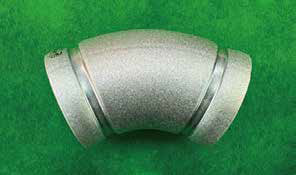 |
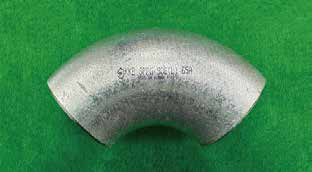 |
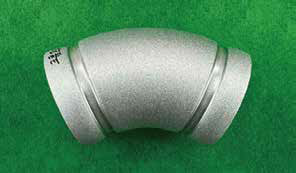 |
| SST 480 hours | 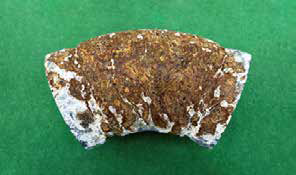 |
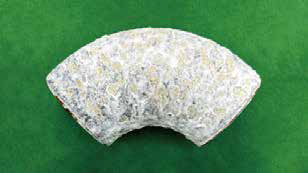 |
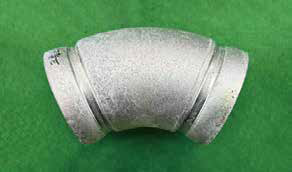 |
Test method : ASTM B 117
- Electro galvanizing
- SST 480 hours with overall white and red rust
- Hot dip galvanizing
- SST 480 hours with overall white and partial red rust
- Innozinc
- SST 480 hours with no defects
Test results confirmed that there is a significant difference in the amount of white and red rust. While zinc corrosion occurs quickly in electro galvanized steel and hot dip galvanized steel in the presence of salt, ceramic galvanizing Innozinc can provide strong corrosion resistance against salt, and thus it can be applied effectively to shipbuilding.
Environmental
-

- Wastewater discharge reduction
- Alkaline degreasing and pickling rust removal processes can remove oil and rust without a washing process, thus making it possible to reduce wastewater by 40%.
- Process water is purified for recycling and wastewater reduction.
-

- Carbon emission reduction
- No direct source of CO2 discharge in the galvanizing process, thus no carbon emissions are generated as a result of burning fossil fuel.
- Carbon emissions reduced by 65% compared to hot dip galvanizing.
-

- Performed at room temperature, saving energy and suppressing fumes
- A room temperature (25℃) process saving heat and energy.
- Possible to suppress gas fumes generated when evaporation occurs at high temperatures.
- Less thermal damage that occurs at high temperatures.
-

- No harmful chemicals used
- The RoHS test results for 5 main heavy metals (Pb, Cd, Hg, Cr6+ and a total of 26 types) showed that none were detected.
- Contains no harmful chemicals such as xylene, toluene, and ethylbenzene.
- ※ Chrome processing possible depending on demand
-

- Improvement of the working environment
- No need to remove burrs, which can cause fatigue.
- Plating does not need to be removed for welding, which lowers fatigue and reduces fume generation.
- 500℃ high temperature galvanizing port is not used, thus posing no danger to workers.
Applicable products
-
- Solar structure


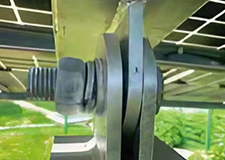
-
- Car
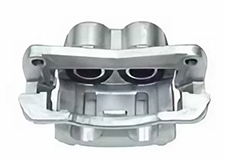
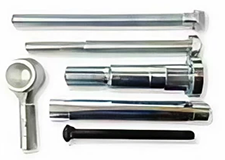

-
- Shipbuilding industry
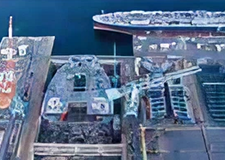
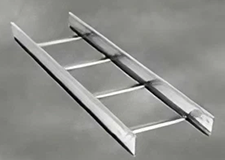
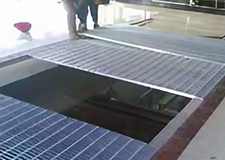
-
- Parts of a container
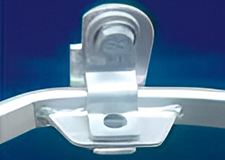
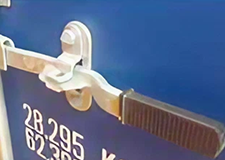
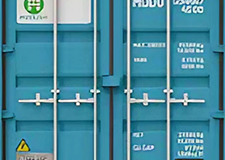
-
- Road Engineering
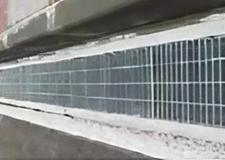
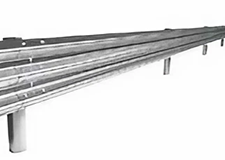
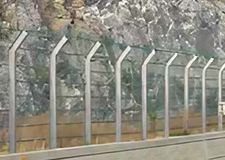
-
- General industry
